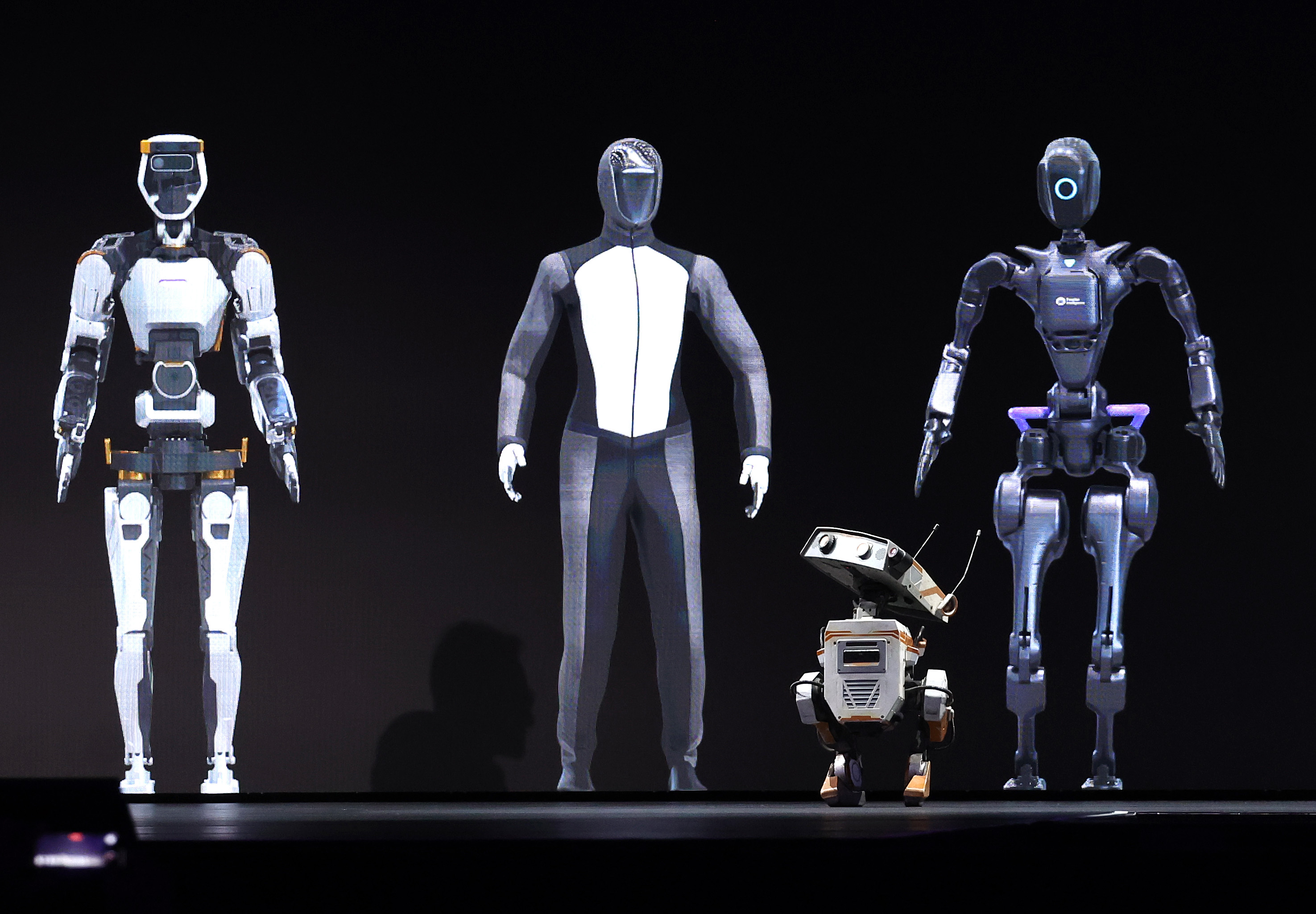Video games have come a long way since the days of cumbersome machines in noisy arcades. While players of a certain vintage are doubtless nostalgic for those innocent days of yore, there’s no denying modern titles operate on a whole different level. Comparing an asynchronous multiplayer to even the most beloved release from the arcade heyday is like contrasting a Ferrari with a pushbike.
The gaming world, however, continues to evolve: Releases that provoked audible intakes of breath even five years ago are starting to look quaint. One of the major advances in this area has been the introduction of Web3 technology into games. Encompassing multiple genres (FPS, MMO, RPG), Web3 titles are basically those in some way powered by blockchain. Typically, this means players can earn rewards in the form of digital tokens and trade them on the secondary market.
That last sentence might confuse some gamers, but then the idea of a PlayStation boggled the minds of Atari devotees too. In games as in life, we have to move with the times.
The Rise of Web3 Gaming
Traditional gaming (Web2) has always been about the experience — the allure of immersing oneself in a fantastical virtual world, overcoming obstacles, completing quests and competing with or against other players. In short, escapism.
Web3 gaming does not dispense with this tried-and-true formula, though it takes things a step further by integrating blockchain. This integration, the complexities of which are often abstracted away from users, allows for unique features like tokenized in-game items (NFTs), real ownership and play-to-earn models.
The integration of blockchain enables players to legitimately own the spoils of their playing endeavors, namely the digital assets they’ve won along the way. As mentioned, these prized commodities — swords, avatars, wearables, etc. — can, in turn, be traded with fellow players.
The appeal of finding and accumulating items in a game and achieving a certain exalted status among the playing community goes back to the days of “World of Warcraft,” which celebrates its 30th anniversary this year. What technologies like blockchain, NFTs and smart contracts have done is merely codify and cater to a desire gamers have long held: to be masters of their domain and own their experience.
Power to the Players
One of the most exciting aspects of Web3 gaming is the feeling of empowerment it grants players. Web2 studios sought to inspire loyalty and create a sense of empowerment with simple rankings boards, but aside from bragging rights, players had no meaningful incentives. This changed with the introduction of in-game currencies and NFTs and the ability to own and sell items freely.
The new model not only rewards players for their endeavor and skill, but it also enhances their ability to self-express via avatars, skins and user-generated content. Some platforms even have voting tokens, which players wield to influence the direction of certain games they enjoy playing.
Azarus: A Case Study in Innovation
The potential of such technologies is not limited to individual gaming releases; they can also create new revenue streams and incentives for streamers. One platform, for example, revolutionizes the way streamers and viewers interact with ads.
With Azarus, traditional ads are replaced with gamified content, turning passive viewing into an engaging, interactive experience. Watchers can win unique prizes and earn AZA, the platform’s digital token, which is exchangeable for various digital and physical rewards — including cash. In 2023 alone, Azarus distributed over $2 million in rewards to six million unique players.
What sets Azarus apart is its user-friendliness. Integrable with popular streaming platforms like YouTube and Twitch, it doesn’t require users to be deeply familiar with the world of blockchain; its app and extension are highly intuitive, delivering benefits without the headache.
With the sophisticated tech operating under the hood, Azarus can be easily leveraged by streamers (who earn a share of platform revenue when integrating it into their channels) as well as viewers keen to earn a buck while watching their favorite streamers in action.
Web3 Opens a Universe of Possibilities
Another significant player in the fast-growing Web3 gaming field is Cronos and in particular its gaming development platform Cronos Play. This one provides the backbone for developers to create immersive Web3 games with minimal fuss.
Supporting major game engines like Unity and Unreal, Cronos Play guarantees quick transactions, interoperability with multiple networks and a community with over 10 million members. Cronos reflects the groundswell of growing infrastructure emerging in support of the expanding Web3 ecosystem.
Another example that showcases the depth and creativity of Web3 gaming is Alien Worlds. A metaverse ecosystem, it compels players to explore, compete and collaborate in a universe of space-themed NFTs. With nearly 8 million players and over 300,000 active monthly users, it’s a thriving digital society where players’ ingenuity, strategy and collaboration help shape its virtual world. Interestingly, Alien Worlds hosts weekly elections where players can become “Custodians” of one of the six planets, whereafter they can manage a treasury of digital tokens. Mark that down as another evolution of gaming that would boggle the minds of players from yesterday.
The gaming world is undergoing an incredible transformation, and a Cambrian explosion of cool games and platforms is redefining how we interact with digital worlds. From Azarus’ innovative approach to advertising to the expansive universes of Cronos Play and Alien Worlds, the industry is stepping into a Brave New World of experiences beyond our wildest imagination.
Sadie Williamson is the founder of Williamson Fintech Consulting.
(Opinions expressed in this article are the author’s own.)







